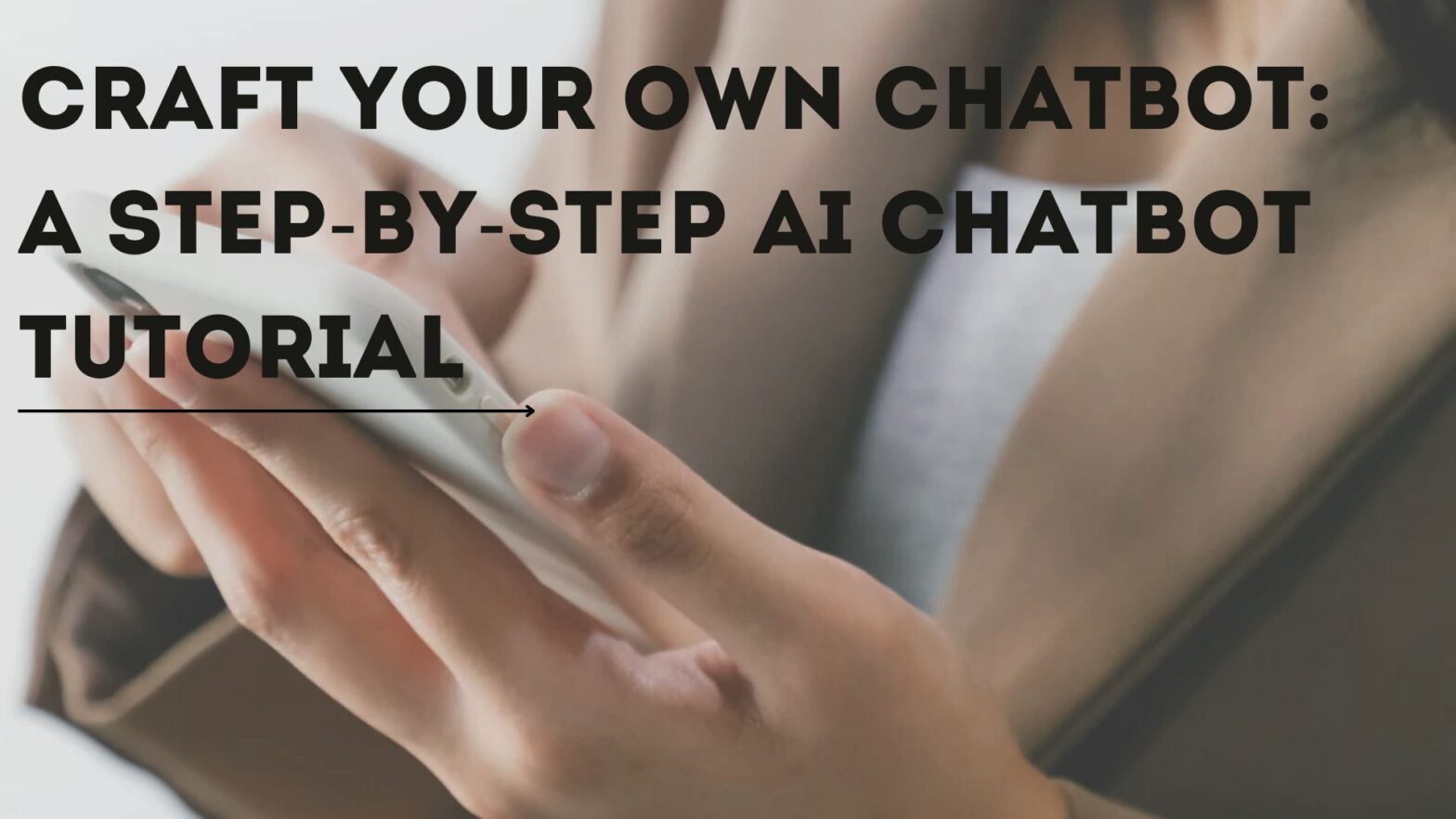How can one create their own chatbot in today’s world without any technical knowledge? This question of chatbot creation process is on the minds of many people.
As we know, ai chatbots are evolving rapidly. They engage in conversations almost as well as a real person, can provide detailed information about any event, and even assist with language learning.
Chatbots appear to be the pinnacle of software development. Often, an AI chatbot can surpass the person it is conversing with in terms of knowledge and efficiency. This field is highly intriguing, even just to discuss.
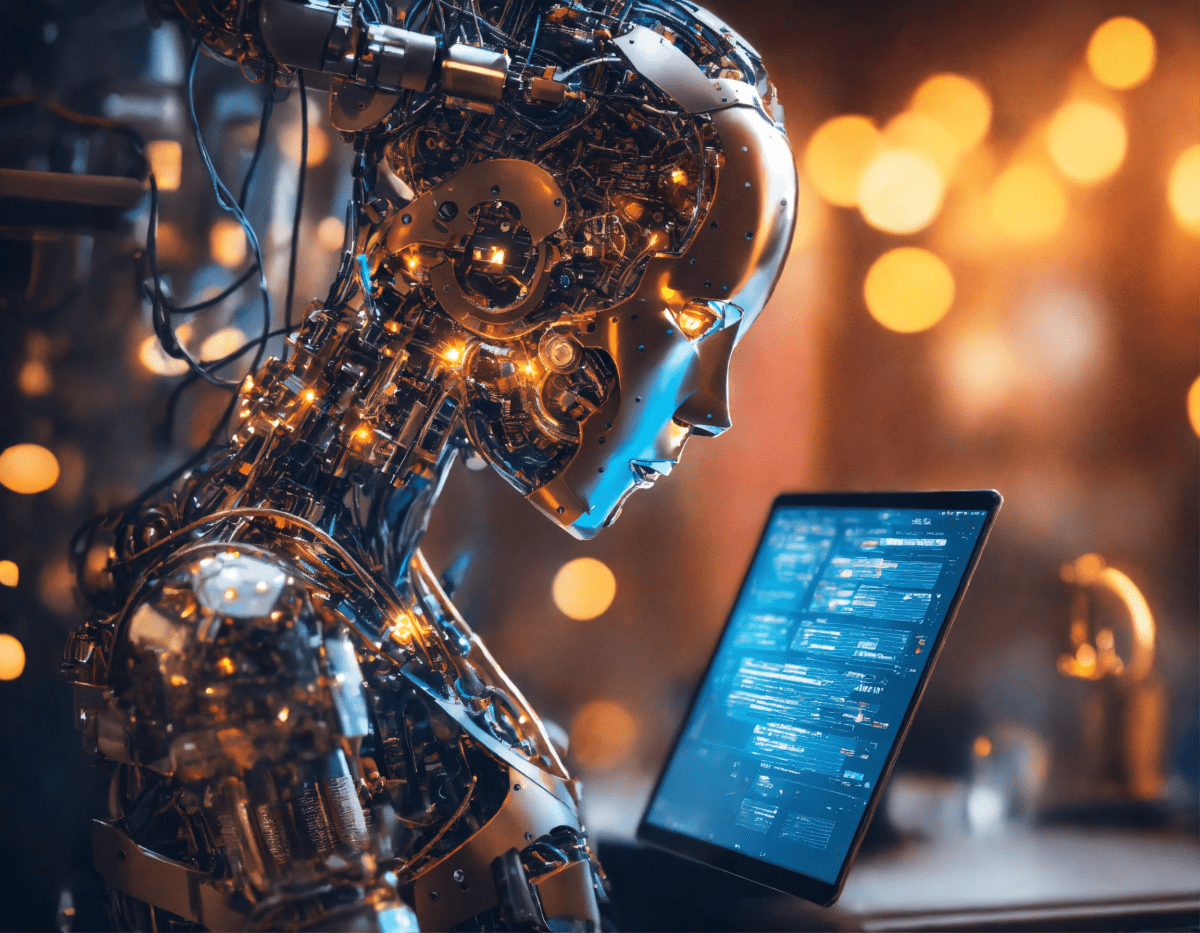
However, when it comes to creating your own ai chatbot or the whole chatbot platform, there are many opinions and debates. Some believe it’s too complicated to create chatbots and requires extensive knowledge of information technology. Others think it’s impossible. Some say it’s possible, but the ai chatbot will be very mediocre and limited in functionality.
Despite these varying opinions, the reality is that creating an ai chatbot today is more accessible than ever before. There are numerous platforms and tools available that allow even those with no technical background to create chatbots.
These chatbot builder platforms provide user-friendly interfaces and drag-and-drop features that simplify the development process. They offer templates, pre-built modules, and extensive documentation to guide users through each step.
In this article, we will explore what ai chatbots are, why they have caused such a stir in the tech market, and how you can create your own AI chatbot. We will delve into the different types of chatbots, from simple rule-based bots to advanced AI-powered basic chatbots, and examine their applications in various industries such as customer service, healthcare, education, and entertainment.
We will also discuss the key components of an ai chatbot, including natural language processing (NLP), machine learning algorithms, and data integration. Understanding these elements is crucial for anyone interested in building a functional and effective own chatbot.

By the end of this article, you will have a comprehensive understanding of custom chatbot, their potential, and the steps involved in creating your own ai chatbot. Whether you aim to develop an ai chatbot for personal use, for your business, or simply out of curiosity, this guide will equip you with the knowledge and resources needed to get started.
This article will provide a detailed look at all aspects of this fascinating topic, ensuring that you are well-informed and ready to embark on your custom chatbot development journey.
What is Machine Learning?
Machine learning algorithms are methods and models that allow a computer to learn from data and make predictions or decisions without being explicitly programmed for each specific task. Let’s look at the main types of machine learning algorithms and some examples.
1. Supervised Learning
In supervised learning, the algorithm is trained on labeled data, where each training example consists of an input signal and the corresponding correct output.
Examples:
Linear Regression: Used for predicting numerical values based on input data. For example, predicting house prices based on square footage and location.
Logistic Regression: Used for classifying data into two classes, such as spam/non-spam emails.
Decision Trees: Algorithms that build a decision tree for classification or regression based on a sequence of rules.
2. Unsupervised Learning
In unsupervised learning, algorithms work with unlabeled data and try to find hidden structures in the data.
Examples:
Clustering: A method that groups data into clusters, where data within the same cluster are more similar to each other than to data in other clusters. For example, the k-means algorithm.
Dimensionality Reduction: Algorithms that reduce the number of features in the data while preserving important characteristics. For example, Principal Component Analysis (PCA).
3. Reinforcement Learning
In reinforcement learning, the algorithm learns based on interactions with the environment, receiving rewards for correct actions and penalties for incorrect ones.
Examples:
Q-Learning: An algorithm that builds a table of rewards for various actions in different states and optimizes the policy to maximize overall reward.
Deep Q-Network (DQN): An advanced version of Q-learning that uses neural networks to handle complex and high-dimensional data.
Key Stages of Machine Learning Algorithms
Data Collection: At this stage, data is gathered to be used for training the algorithm.
Data Preprocessing: Data is cleaned, normalized, and transformed into a format suitable for training.
Data Splitting: Data is typically divided into training and test sets to evaluate the model’s performance.
Model Selection and Training: A suitable algorithm is chosen, and the model is trained on the training data.
Model Evaluation: The model’s performance is evaluated on the test set to ensure its ability to generalize to new data.
Optimization and Tuning: At this stage, the model can be improved by adjusting parameters, adding new data, or modifying the architecture.
Examples of Machine Learning Applications
Image Recognition: Classifying objects in images (e.g., facial recognition).
Natural Language Processing: Text translation, sentiment analysis, text generation.
Recommender Systems: Recommending products, movies, music based on user input preferences.
Financial Forecasting: Market analysis, stock price prediction.
Machine learning is rapidly evolving and finding applications in many fields, making our lives more convenient and secure.
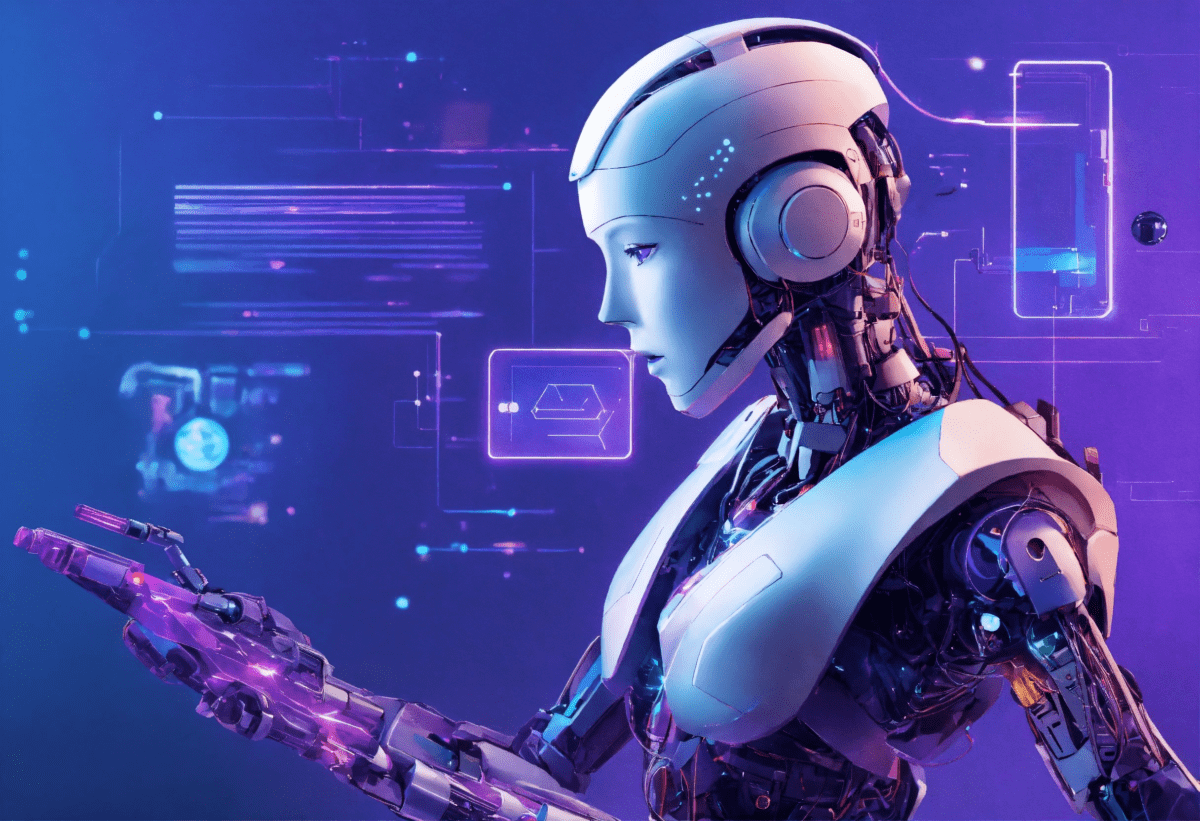
What is NLP for Chatbot Solutions?
Natural Language Processing (NLP) is a field of artificial intelligence that focuses on the interaction between computers and human language. The goal of NLP is to teach computers to understand, interpret, and generate human language in a way that is both meaningful and useful.
Key Aspects of NLP:
Text Understanding: Computers analyze text to comprehend its meaning. This involves tasks such as:
Sentence Parsing: Determining the structure of sentences and parts of speech.
Named Entity Recognition (NER): Identifying proper nouns like names of people, places, organizations, etc.
Text Generation: Computers create text based on given context. This can include:
Automatic Writing: Generating articles, descriptions, summaries.
Answering Questions: Producing answers to questions posed by users.
Text Translation: Converting text from one language to another while preserving its meaning. For example, translating from English to Russian. Translation can be as good as human conversation.
Sentiment Analysis: Determining the emotional tone of a text, such as whether a product review is positive, negative, or neutral.
How Does NLP Work?
NLP uses various methods and technologies to accomplish its tasks:
Morphological Analysis: Breaking down words into morphemes (the smallest meaningful units), helping to understand word structure.
Syntactic Analysis: Determining the grammatical structure of sentences.
Semantic Analysis: Understanding the meaning of words and sentences in context.
Machine Learning and Deep Learning: Using algorithms to train models on large amounts of data so they can predict and generate text.
Examples of NLP Applications:
Virtual Assistants: Like Siri and Alexa, which understand and respond to voice commands.
Search Engines: Improving search quality by analyzing and understanding user queries.
Chatbots: Automating customer support interactions.
Translation Systems: Services like Google Translate that convert text from one language to another.
Why is NLP Important?
NLP makes interacting with technology more natural and convenient for people. Instead of learning complex commands, we can use our native language to communicate with machines. This opens up numerous possibilities for automating and enhancing various processes, from customer service to big data analysis.
NLP is a powerful tool that helps computers understand and process human language, making technology more accessible and useful.
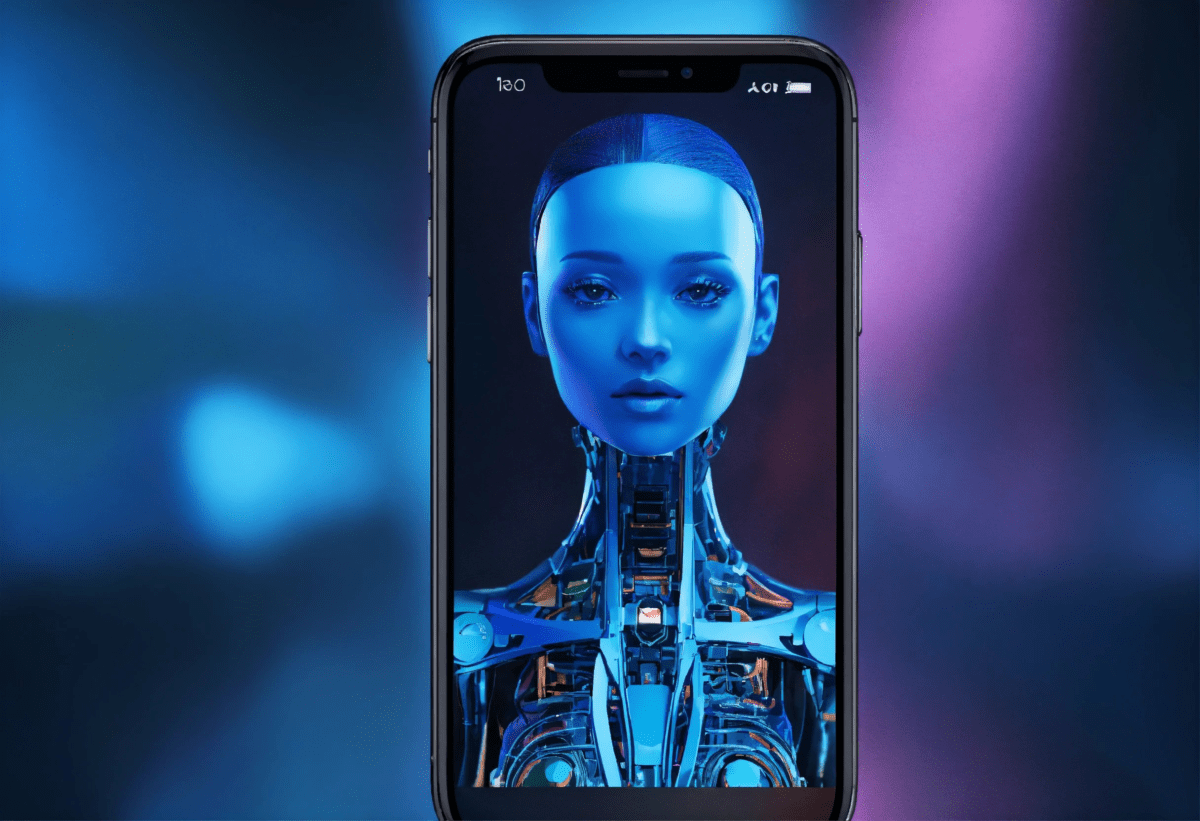
What is Data Integration?
Data integration is the process of combining data from different sources into a unified whole so that it can be used for analysis and decision-making. In the context of AI chatbots, data integration plays a crucial role. Let’s break down how it works and why it is important.
Why is data integration important for AI chatbots?
Data Enrichment: Chatbots can work with various data sources, such as customer databases, CRM systems, websites, and social media. Data integration allows information from all these sources to be gathered in one place, making the chatbot’s responses more accurate and useful.
Personalization: When data from different systems is combined, a chatbot can better understand the context and preferences of the user. For example, if the chatbot sees a customer’s purchase history and recent support inquiries, it can offer more personalized recommendations and solutions.
Increased Efficiency: Data integration helps chatbots operate faster and more efficiently. Instead of requesting information from different sources sequentially, the ai chatbot has access to already unified data and can respond to queries instantly.
How does data integration for AI chatbots work?
Data Collection: First, data is gathered from various sources such as databases, APIs, files, and other systems.
Data Cleaning and Transformation: Then, the data is cleaned of errors and duplicates and converted into a consistent format. This is important to ensure the information is consistent and easily processed.
Data Storage: The processed data is stored in a unified repository, such as a database or cloud service. This repository becomes the primary data source for the ai chatbot.
Data Access: The chatbot accesses this repository through APIs or other interfaces, allowing it to quickly retrieve the needed information.
Examples of data integration in ai chatbot operations:
Customer Service: Chatbots can integrate with CRM systems to provide customers with information about their order status, purchase history, and answers to frequently asked questions.
E-commerce: Integration with e-commerce platforms allows chatbots to recommend products based on previous purchases and product views.
Technical Support: Chatbots can use data from knowledge bases and incident management systems to quickly resolve user issues and provide reference information.

Conclusion
Data integration makes AI chatbots smarter, faster, and more useful. It allows all necessary information to be gathered in one place, improving the quality of user service and increasing the overall efficiency of chatbot operations. This makes interactions with chatbots smoother and more productive, benefiting both users and businesses.
Chatbot: Basics
Chatbots are programs that can communicate with people through text or voice messages. They are created using artificial intelligence (AI) and machine learning technologies to understand user questions and provide answers. Let’s understand why chatbots have become so popular and caused such a buzz in the technology market.
What are chatbots?
Chatbots can perform various tasks. Here are a few examples:
Customer Support: Chatbots can answer frequently asked questions, assist users with orders, and solve problems without the involvement of a live operator.
Online Consultants: On e-commerce websites, chatbots help users select products, provide recommendations, and guide through the purchasing process.
Entertainment: There are chatbots that can tell jokes, share stories, or simply engage in friendly conversation.
Education: Chatbots can assist in learning by asking questions, checking answers, and explaining complex topics.
Why have chatbots become popular?
24/7 Availability: Chatbots are always ready to help users, regardless of the time of day. This is especially important for companies that deal with customers globally and need to provide round-the-clock support.
Speed and Efficiency: Chatbots can instantly respond to user queries, reducing waiting times and increasing customer satisfaction levels.
Resource Savings: Using chatbots allows companies to reduce costs associated with maintaining a large workforce, as many routine tasks can be automated.
Personalization: Modern chatbots can analyze user data and offer personalized solutions and recommendations, enhancing the user experience.
Integration with Various Systems: Chatbots can be integrated with CRM systems, databases, and other tools, allowing them to work more efficiently and provide up-to-date information.
How do chatbots work?
Chatbots use natural language processing (NLP) technologies to understand and process human speech. They are trained on large volumes of data to recognize different formulations of questions and provide accurate answers. The more data an ai chatbot has, the more precise and intelligent it becomes.
Examples of successful chatbots
Apple’s Siri: A voice assistant that helps users with various tasks, from sending messages to setting reminders.
Amazon’s Alexa: A smart assistant that can control smart home devices, order products, and even play music.
Chatbots in Banks: Many banks use chatbots to assist customers with transactions, check balances, and provide financial advice.
Conclusion
Chatbots have become popular due to their accessibility, speed, and personalization capabilities. They help companies improve the quality of customer service, save resources, and provide round-the-clock support. With advancing technologies, custom chatbots are becoming increasingly smarter and more useful, further increasing their demand in the market.
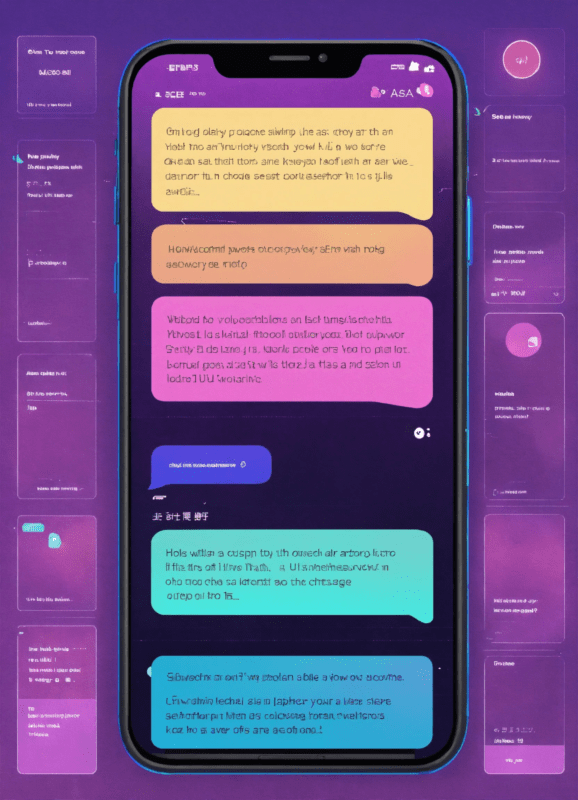
Types of Chatbots
Let’s go over the various types of chatbots, starting from simple rule-based ones and ending with advanced AI-powered ones.
Simple rule-based chatbots:
These chatbots use a set of predefined rules and responses to interact with users.
They can provide standard responses to typical questions but are not capable of adaptation or self-learning.
Enhanced chatbots:
These chatbots can employ multiple rules and conditions for more complex interactions.
They can remember previous user responses and adapt their reactions accordingly.
Machine learning chatbots:
These chatbots use machine learning algorithms to analyze and understand user requests.
They can learn from user interactions and improve their skills over time.
Artificial intelligence (AI) chatbots:
These chatbots are equipped with advanced artificial intelligence algorithms for more accurate and natural interactions with users.
They can utilize natural language processing (NLP) and machine learning to understand context and provide relevant responses.
Hybrid chatbots:
These chatbots combine various technologies such as rules, machine learning, and artificial intelligence for optimal interaction with users.
They can employ different methods depending on the type of query or situation.
Each type of chatbot has its own advantages and limitations, and the choice of a specific type depends on the needs and goals of the company or project.
Spheres of Chatbots Application
Let’s discuss the application of custom chatbots. There are many of them, each with its own features and functions. Let’s delve into it in more detail:
Informational chatbots:
These chatbots are designed to provide information about the company, product, or service.
They can answer frequently asked questions, provide guides or instructions, and assist users with basic questions.
Transactional chatbots:
These chatbots help users perform various transactions, such as purchases, bookings, or bill payments.
They are typically integrated with payment systems and websites, allowing users to take action directly in the chat.
Entertainment chatbots:
These chatbots are created to entertain users by offering games, jokes, riddles, and stories.
They can be useful for leisure and entertainment in free time.
Educational assistants:
These chatbots are designed to assist in education by offering educational materials, tests, assignments, and explanations of complex concepts. They can be beneficial for both students and teachers.
Customer support:
These chatbots are intended to assist users with various questions and issues related to company products or services.
They can provide real-time support, resolve issues, or direct users to specialists.
Personal assistants:
These chatbots are created to provide personal assistance to users in performing various tasks, such as organizing schedules, setting reminders for events, or searching for information.
Each type of chatbot has its advantages and applications in different fields. The choice of your own ai chatbot type depends on the needs and goals of the company or user.

Chatbots are everywhere.
Unknowingly, our daily interactions involve engagement with chatbots. As highlighted in the preceding paragraphs, these AI-driven conversational agents permeate virtually every industry and domain.
Whether facilitating healthcare consultations, facilitating seamless communication in chat platforms, streamlining information retrieval processes, or even assisting in image processing tasks, chatbots have become ubiquitous.
And yet, it’s important to recognize that this widespread integration of chatbots into our lives represents merely the inception of their potential impact and reach.
As chatbots have become increasingly ubiquitous across various industries, companies have recognized the opportunity to capitalize on their widespread adoption. Beyond simply covering the initial development costs, businesses are now seeking to leverage chatbots as revenue-generating assets, aiming for sustained profitability through their daily utilization.
This shift towards monetization reflects a strategic approach to maximizing the value derived from these AI-powered tools. This evolution underscores the growing recognition of chatbots as not just technological novelties, but as integral components of modern business operations, capable of delivering tangible financial returns.
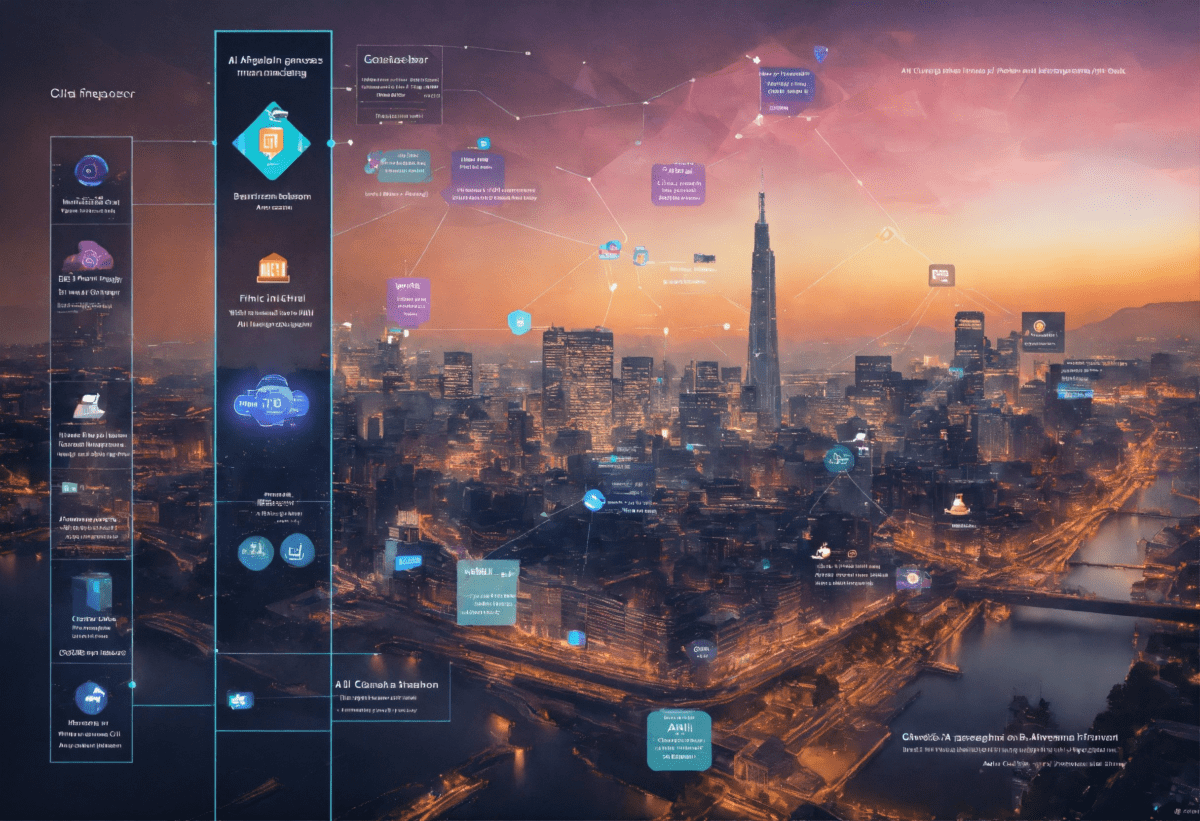
How do companies monetize chatbots?
Despite the widespread availability of chatbots, they are easily monetized. Let’s consider how an your own ai chatbot can be monetized.
Paid subscriptions or access to premium features
Chatbot owners can offer users to pay for a subscription to access additional features or exclusive content. For example, premium chatbots may provide extended support, personalized recommendations, or access to exclusive materials.
Transaction commissions
If a chatbot is used for transactions, such as purchasing goods or booking services, owners can charge a commission for each successful transaction. For instance, chatbots for online stores may receive a percentage of the sale of goods made through the chat.
Advertising and sponsorship
Chatbot owners can place advertisements in the chat or include sponsored content from other companies. Owners can receive payment for advertising placement or sponsored content in the chatbot.
Sale of data
Some chatbot owners may monetize user data collected during interactions with the chatbot. This data can be sold to advertisers or other companies for marketing purposes or analytics.
Consulting or educational services
Chatbots can be used to provide consulting or educational services in areas where the chatbot owner has expertise. Owners can charge for access to expert information or individual chatbot conversation.
Affiliate programs
Chatbot owners can partner with other companies or services and receive commissions from sales made through their chatbot.
These monetization methods can be used individually or in combination with each other to effectively leverage the chatbot’s potential for generating revenue.
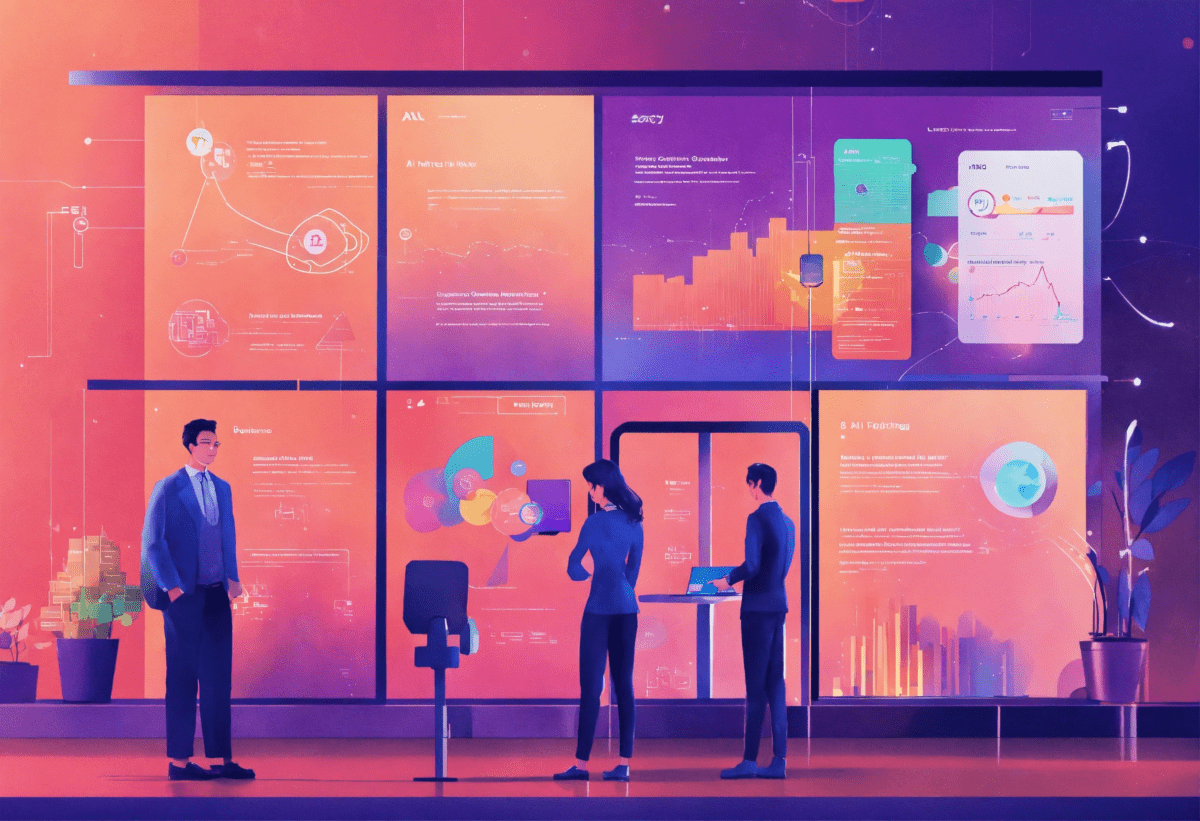
So, How To Create Your Own AI Chatbot?
Creating your own chat bot may initially appear complex, especially if you lack familiarity with the process. However, the advent of user-friendly platforms and tools has made the task more accessible than ever before.
You no longer need extensive programming knowledge in chatbot development or expertise in machine learning or NLP to embark on this journey.
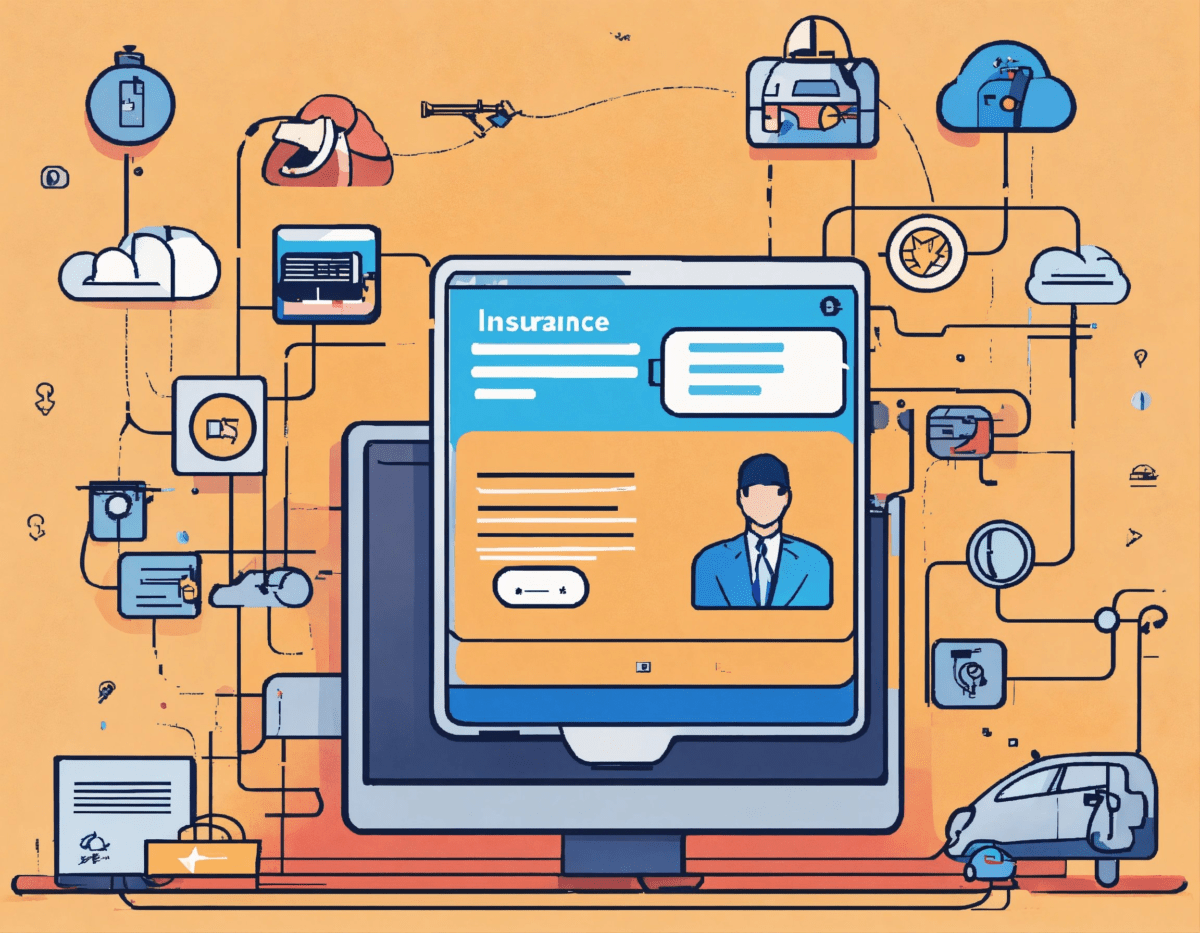
In today’s technologically advanced world, companies offer a plethora of solutions tailored to various needs and requirements. Whether you’re seeking to develop an AI assistant for your business or a custom ai chatbot for personal use, there are platforms and services available to streamline the process.
Moreover, advancements in AI technology have led to the emergence of innovative solutions that automate many aspects of bot creation and management. For instance, companies like Scrile AI offer comprehensive tools and resources to simplify the development process further.
With Scrile AI, users can access a range of functionalities, including natural language understanding, conversational design, and analytics, all within a user-friendly interface.
In essence, while the concept of creating an chat bot may seem daunting at first, the reality is that modern tools and technologies have democratized access to AI development. With the right platform and resources at your disposal, bringing your AI bot idea to life has never been more achievable.
What Is Scrile AI?
Scrile AI represents a comprehensive solution crafted to harness the power of artificial intelligence for the precise customization of business solutions. In essence, it serves as a versatile toolkit that empowers businesses to capitalize on the vast capabilities of AI technology.
With Scrile, the possibilities are virtually limitless, allowing enterprises to reimagine and expand their operations in innovative ways.
One of the key advantages of Scrile AI lies in its ability to cater to a diverse range of business needs and objectives. Whether you’re seeking to streamline internal processes, enhance customer interactions, or drive strategic decision-making, Scrile offers the flexibility and adaptability to accommodate your specific requirements.
By providing a customizable chatbot platform that can be tailored to suit your unique business environment, Scrile ensures that you’re equipped with the tools needed to thrive in today’s competitive landscape.
Moreover, Scrile distinguishes itself by not only delivering superior product quality but also by offering a personalized approach to service delivery. The customer service team behind Scrile is committed to understanding your business objectives and priorities, working closely with you to develop solutions that align seamlessly with your vision.
From initial concept development to ongoing support and optimization, Scrile provides comprehensive assistance every step of the way, ensuring that your business realizes its full potential with AI technology.
Ultimately, with Scrile AI at your disposal, you’re not just acquiring a cutting-edge technology solution; you’re gaining a strategic partner dedicated to driving your business success.
By leveraging the expertise and resources offered by Scrile, businesses can unlock new opportunities for growth, innovation, and competitive advantage in today’s dynamic marketplace.
What can Scrile develop for me in terms of AI?
First of all, you can unlock the AI potential with Scrile. Which IT product can you choose? Your own chatbot or more?
AI avatar services
Create and customize with AI avatar technology.
Professional AI avatar software. Tailor-made avatars to enhance digital interactions
Customization tools. Avatar customization to reflect unique identities
AI-powered meeting solutions
Enhance your meetings with AI-driven transcription
Real-time AI transcription. Instantly convert speech to text during meetings
Secure AI transcription. Keep your data safe with our encrypted platforms
Custom AI solutions
Improve customer experiences with smart AI
AI-personalized messaging. Engage customers with tailored interactions
AI-driven solutions. Improve response rates and satisfaction with AI responses
AI dating and texting platforms
Monetize relationships with AI
Custom AI dating site. Start and scale your AI dating app
AI texting platform. Build engaging, monetizable texting services for user messages
AI personal assistants
Innovate with personalized AI assistants
Launch your AI assistant. Enhance user interaction and operational efficiency
Maximize profits with AI. Create and deploy custom AI solutions
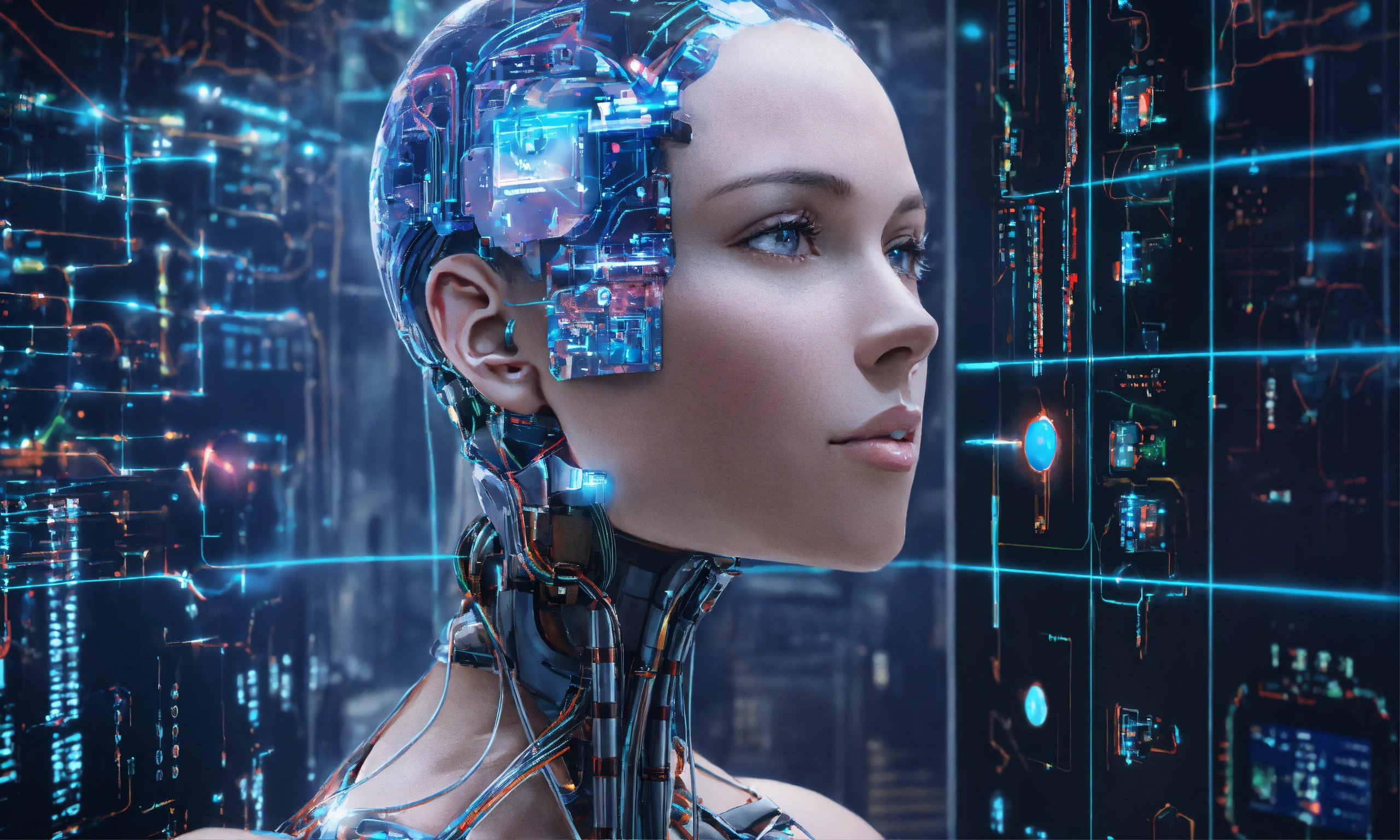
Key Advantages of Scrile AI
Fast to Market.
Our priority is to ensure that your AI solutions are swiftly deployed to meet your business needs. We understand the importance of speed in today’s competitive landscape, which is why we focus on rapid development and deployment without compromising on quality.
Quick deployment of robust AI solutions.
We specialize in developing robust AI solutions that are not only powerful but also agile enough to adapt to changing business requirements. Our streamlined development process ensures that your AI solutions are deployed quickly and efficiently, allowing you to start reaping the benefits sooner.
Tailored to Your Needs.
We recognize that every business is unique, with its own set of challenges and objectives. That’s why we offer fully customizable AI solutions that can be tailored to meet your specific needs. Whether you require a simple own ai chatbot or a complex machine learning algorithm, we work closely with you to understand your requirements and deliver a solution that aligns perfectly with your business goals.
Fully customizable solutions that grow with your business.
Our AI solutions are designed to be scalable and flexible, allowing them to grow and evolve alongside your business. Whether you’re a small startup or a large enterprise, our solutions can be customized to accommodate your changing needs and scale seamlessly as your business grows.
End-to-End Support.
We believe in providing comprehensive support to our clients from concept to launch and beyond. Our customer support team of experts will work closely with you throughout the entire development process, providing guidance, support, and expertise every step of the way. We’re committed to ensuring the success of your AI initiatives and will be with you every step of the journey.
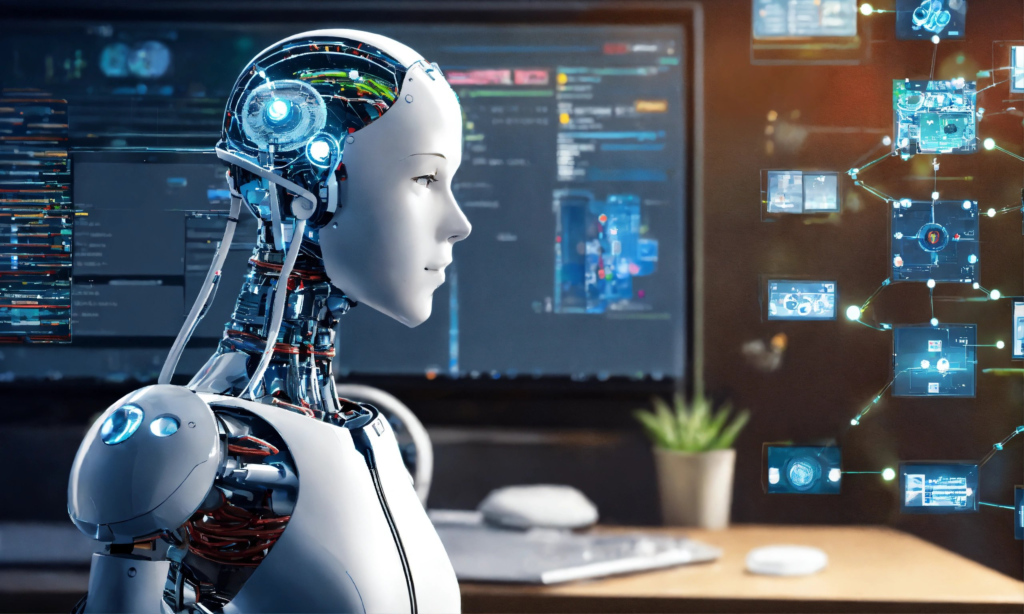
FAQ
Is making chatbot hard? Should I understand chatbot analytics?
Creating chatbots is extremely easy and within everyone’s reach. Yes, you can interact with a team of professionals. Scrile will provide not only a ready-to-use platform for your business but also make this platform unique. You don’t need to worry about the complexity of development — the Scrile team will do everything for you.
Is making chatbot with virtual assistants hard?
It’s not difficult if you want a ready-made product from a company like Scrile that knows its business. All you need to do is think about the custom solutions you want to see.
Are basic chatbots profitable?
In an age dominated by digital technology, chatbots have become indispensable assets for companies aiming to improve customer interaction, streamline processes, and boost profits. Based on research conducted by Straits Research, the chatbot industry is projected to achieve a market value of $3,619 million by 2030, growing at a compound annual growth rate (CAGR) of 23.9%.
Read also
AI Girlfriend Chatbot: How It Works
Discover the functionality and benefits of AI girlfriend chatbots, and how they can provide interactive and engaging virtual companionship.
AI Note-Taking: Enhancing Productivity
Explore how AI note-taking tools can improve your productivity by automating the capture and organization of important information.
Custom Chat Bot: Tailoring Solutions to Your Needs
Learn about creating custom chatbots tailored to your specific needs, including design considerations and integration tips.
Twilio Integration Guide: Connecting Your Services
Discover how to integrate Twilio into your applications, with a step-by-step guide to enhance communication capabilities.
Speech to Text with Python: A How-To Guide
Learn how to implement speech-to-text functionality using Python, with practical examples and tips for accurate transcription.
